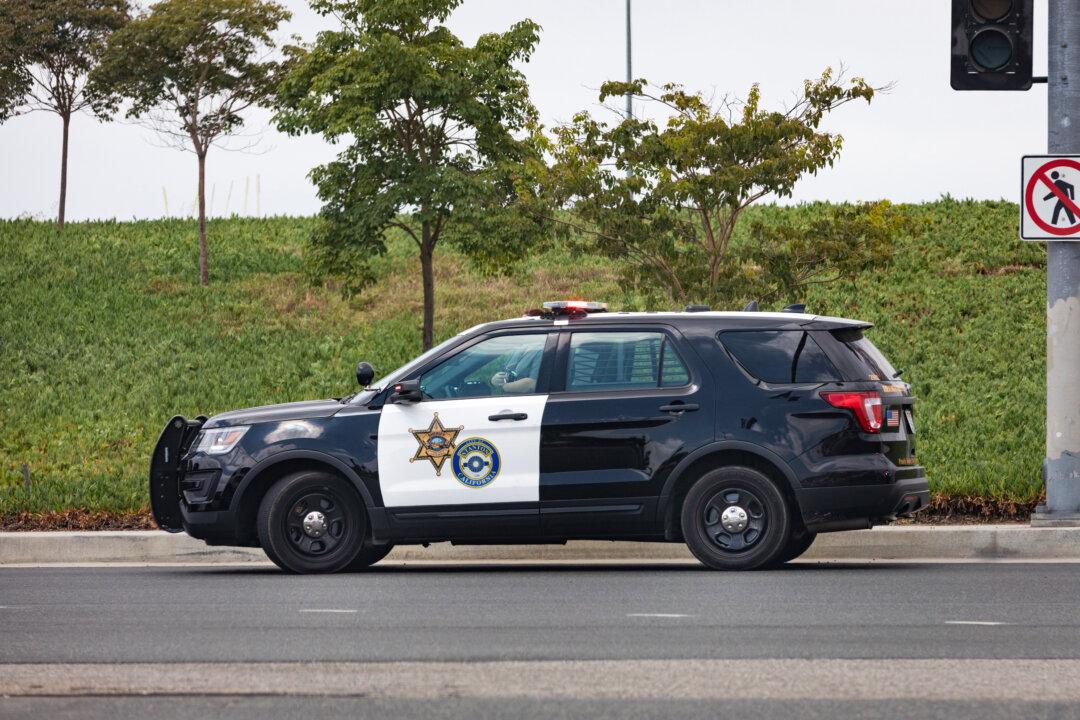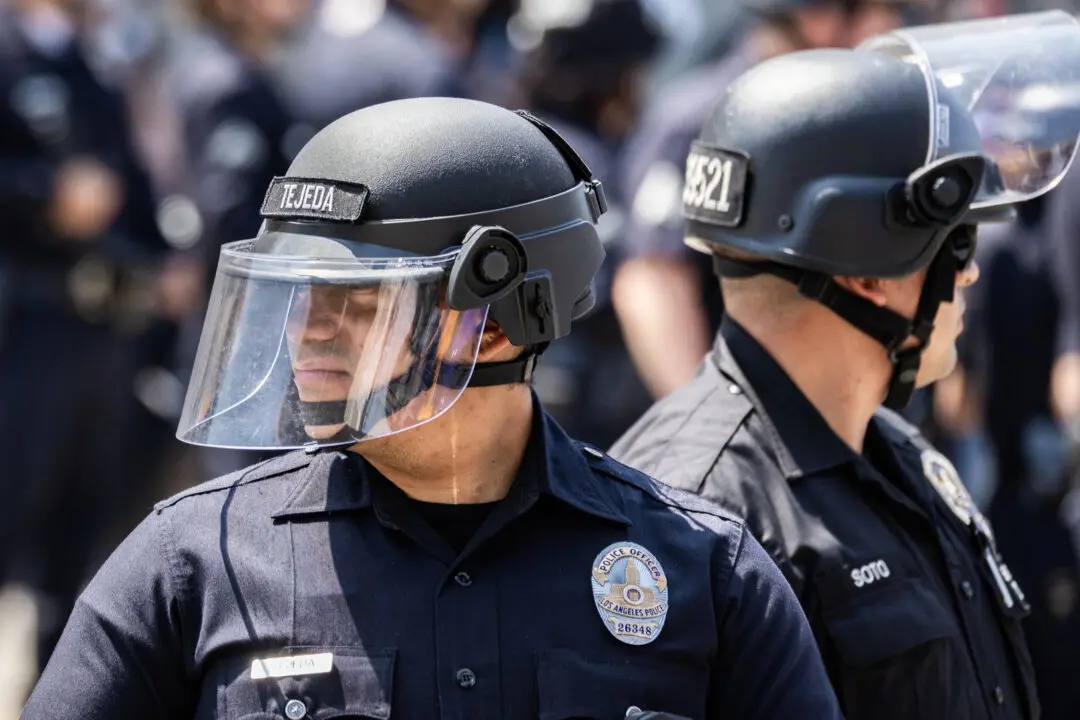LOS ANGELES—Los Angeles County officials agreed Oct. 6 to spend $5 million to crack down on illegal cannabis grow operations in the Antelope Valley and dispensaries in unincorporated areas countywide as part of a $39.3 billion budget for the 2021-22 fiscal year.
Supervisor Kathryn Barger had pushed hard for the funding, even as community advocates sought to shut down any new funds going to the Sheriff’s Department.





